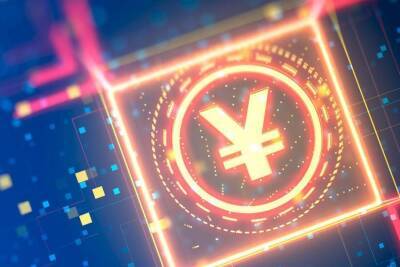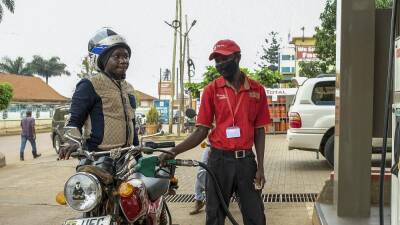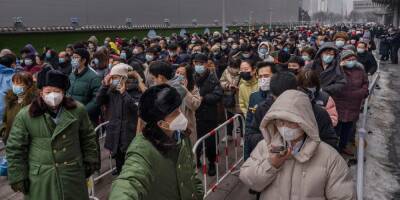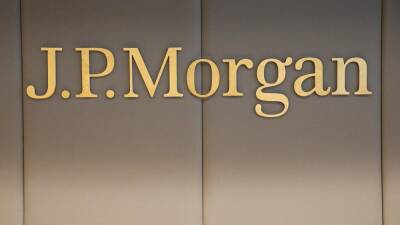All eyes on Asia — Crypto’s new chapter post-China
A fundamental trait of crypto is as an asset class that transcends jurisdictions. Yet, one of the key hubs driving adoption and innovation is Asia. Since the heady days of Korea’s Kimchi premium and Bitcoin (BTC) arbitrage opportunities, the region is playing a role in defining crypto’s development pathways and anchoring its future.
According to Chainanalysis’ report, in the first half of 2021, Asia was already the destination for 28% of the overall global transaction volume — $1.16 trillion worth of cryptocurrency. Central and Southern Asia alone saw crypto transactions grow 706% year-over-year, making it the world’s third-fastest growing region.
Last year, headlines from Asia were dominated by developments in China. However, the rest of the region was also abuzz, boosted by the halo of perceived legitimacy with regulatory clarity in Singapore around digital assets. The pace of decentralized finance (DeFi) innovation in Southeast Asia was buoyed with a step-up in fundraising and investment in projects. As investors become more comfortable and confident in DeFi’s yield opportunities, institutional adoption is well-poised to continue on its growth trajectory in 2022.
China’s stance on crypto is not unexpected, given the country’s long-standing policy of capital control. While the pace of recent enforcement took many in our industry by surprise, players have — to their credit — adapted swiftly. Miners resettled in Kazakhstan and the United States, with exchanges and traders settling in Singapore and Hong Kong.
Related: Finding a new home: Bitcoin miners settling down after China exodus
As a decentralized asset, crypto’s development and innovation are not limited to any single jurisdiction. Investment capital and talent flow to
Read more on cointelegraph.com



















